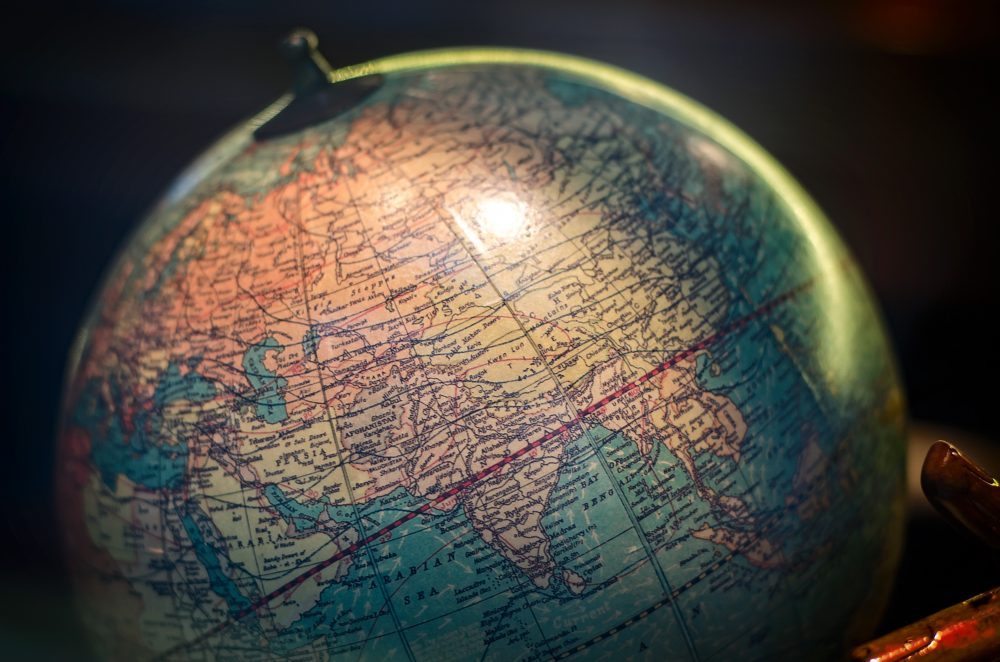Recently I picked up Harm de Blij’s Why Geography Matters More Than Ever, which has been on my reading list for a while. I’m only one chapter into the book, but so far, it’s fantastic.
In the first chapter, Blij, a John A. Hannah Professor of Geography at Michigan State, former Geography Editor on ABC’s “Good Morning America,” and writer/commentator for the PBS show, “The Power of Place,” walks us through some of the traditions of geography, and why they are important to consider.
I thought I’d share his four traditions, as they serve as a great foundation to show the importance of geography in an increasingly complex world.
Tradition 1: Geography deals with the natural, as well as human world.
Blij describes geography as much more than just a social science. Geographers conduct all sorts of research, from desert dunes and climate change to plants and animals. He reminds us that geographers also study human activities, like city planning and boundary making, — some even studying hobbies of individuals. “To me, that’s the best part of geography: there’s almost nothing in this wide, wonderful world of ours that can’t be studied geographically,” said Blij.
Tradition 2: Geographers are especially well placed to assess the complicated relationships between human societies and natural environments.
There is no doubt our world is becoming increasingly complex, with everything from increasing risks of climate changes and the impact of growing populations. But what geography can help do is untangle the complexity, and bring clarity to situations. For instance, Blij notes that geography allows us to understand the spread and origins of disease. With emerging technology we can look at all the factors of location, like cultural traditions, habits, vegetation and the many factors that lead to disease and then connect the human and natural world. This process helps us assess why disease is occurring, when, and where – all crucial information to craft policies to combat and mitigate outbreaks.
Tradition 3: Geographers do research in and try to understand foreign cultures and regions.
Blij noted that in the past, there was a very strong connection of geographers to expertise in foreign affairs. With the boom of the Internet, computer cartography and satellites, some of this tradition has waned. But Blij believes that individuals are still drawn to geography because it spikes interest in foreign places and that there will be a resurgence of geography and foreign expertise. “Geographic provincialism entails serious national security risks,” said Blij.
Tradition 4: Geographers like to explore the human-geographic tradition.
This final tradition Blij highlights is the curiosity that geographers face when exploring why and how locations evolve. “Why did one city thrive and grow while a nearby settlement dwindled and failed? Often a geographic answer illuminates historic events. Urban and regional planning is now a key component to many college geography curricula, and many of our graduates find positions in the planning field,” said Blij.
I’ve only just begun the book, but the first chapter is great and excited to keep on reading. So if you’re into geography or a GIS professional, I highly recommend you pick up a copy of the book.

When Esri was founded in 1969, it realized even then that geographic information system (GIS) technology could make a difference in society. GIS helps people to solve problems at local, regional, national, and global scales. Access maps and apps at ArcGIS.com. Be sure to check out all the GIS resources produced by Esri and GovLoop.
Photo Credit: FlickR Creative Commons, Garry Knight




Leave a Reply
You must be logged in to post a comment.